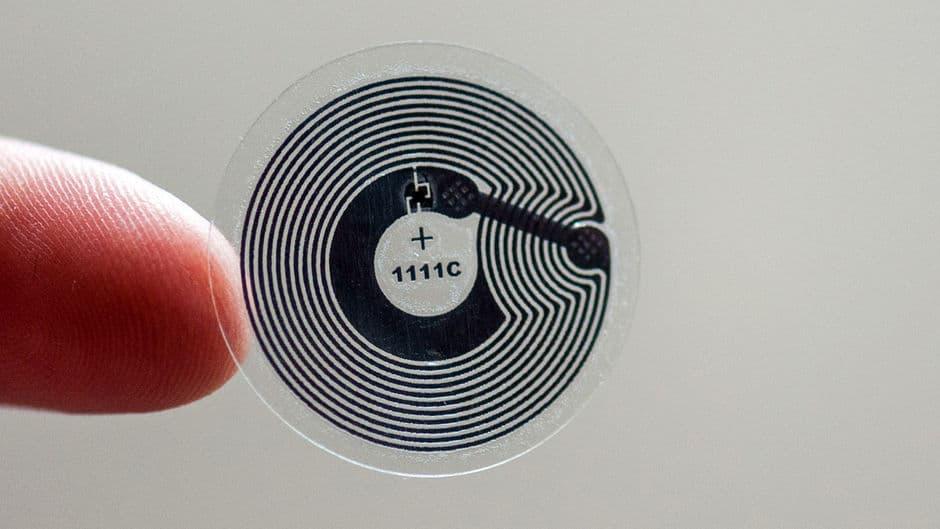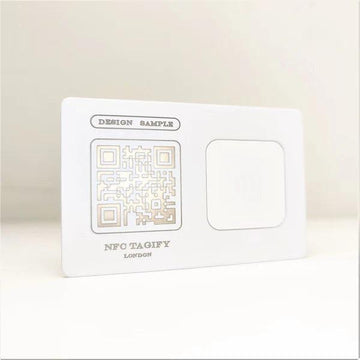What Should You Consider When Choosing an NFC Chip?

Contents
The sphere of Near Field Communication (NFC) has garnered immense popularity owing to its versatile applications. Whether you're a business entity or a DIY enthusiast, selecting the right NFC chip for your specific needs is pivotal. This article guides you through the various types of NFC chips, their distinct features, and how to choose the right one, with a special mention of the array of NFC sticker chips available at NFC Tagify.
A Brief on NFC Technology: NFC, a subset of RFID technology, facilitates quick, contactless communication between devices. It's the cornerstone of modern conveniences like sharing customised digital business cards effortlessly.

Understanding NFC Chip Varieties: NFC chips are categorized into five types by the NFC Forum, each offering different communication speeds and capabilities, which include:
- Configurability
- Memory capacity
- Security
- Data retention
- Write endurance
Knowing the specifics of these types is crucial before making a purchase.

Delving into NFC Chip Types: Here’s a succinct rundown of the five main types of NFC chips:
- Type 1: Ideal for digital business cards and read-only applications, with a capacity ranging from 96 bytes to 2KB.
- Type 2: Popular for low-value transactions and event tickets, offering a capacity of 48 bytes to 2KB.
- Type 3: Suited for digital wallets and electronic IDs, with a higher price point but advanced features.
- Type 4: Boasting the largest memory capacity, it's perfect for authentication purposes.
- Type 5: The newest entrant, ideal for inventory management due to its better reading distance.
Choosing the Right NFC Chip: Your choice should align with your needs. For instance, Type 2 tags like the NXP NTAG 213 are common and affordable, while the NTAG 215 is perfect for storing more URL characters. For digital business cards in the UK, the NTAG 216 is a stellar choice due to its 888 bytes storage capacity.
Access Control NFC Chips: If your focus is on security, look into access control chips like MIFARE Classic, MIFARE Plus, MIFARE DESFire, Salto, and Paxton chips available at NFC Tagify, each serving distinct security requirements.
The essence of a fruitful NFC experience lies in choosing the right chip. Whether it’s creating Amiibos with NTAG 215 or enhancing office security with MIFARE DESFire, your choice of NFC chip is crucial. Explore the comprehensive range of NFC chips at NFC Tagify and find the one that resonates with your needs, ensuring you fully leverage the potential of NFC technology.









